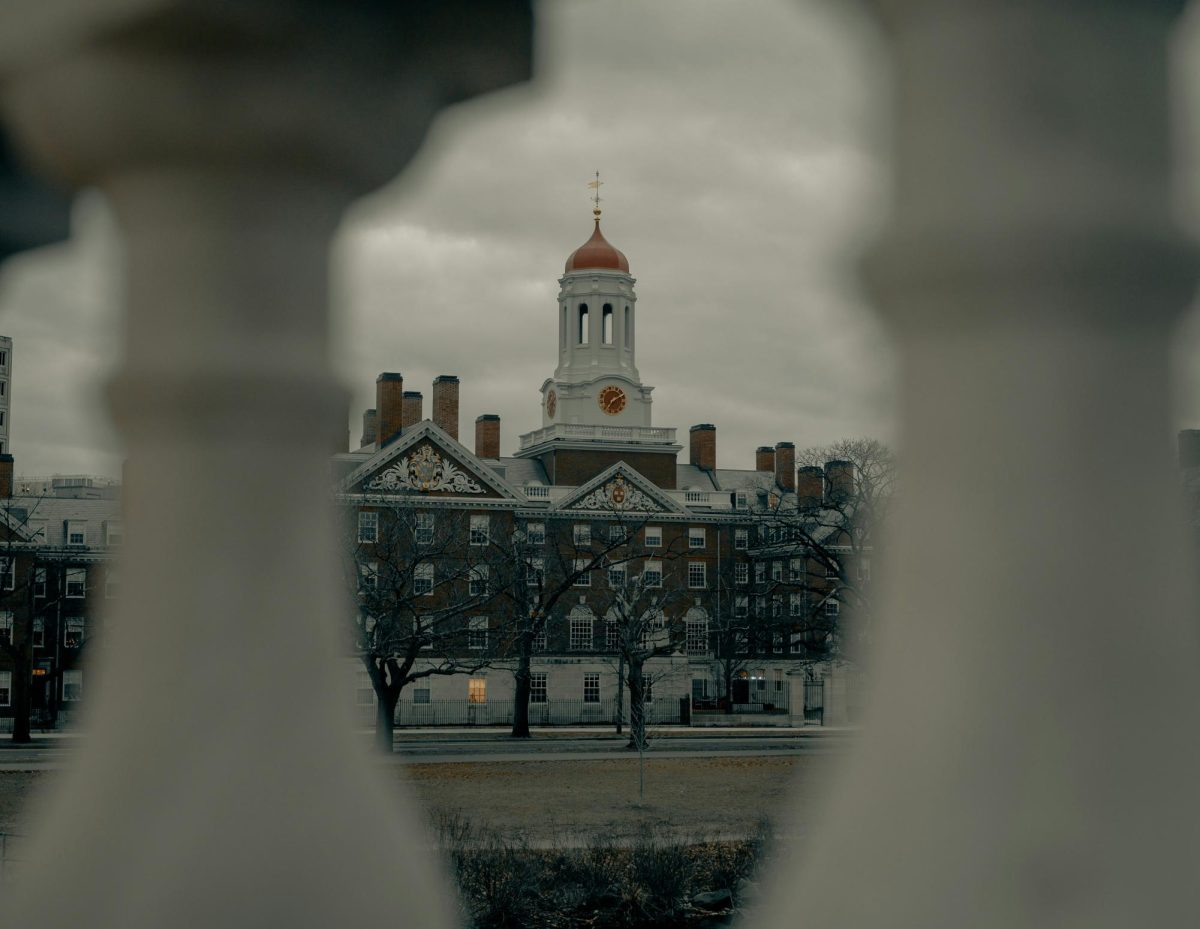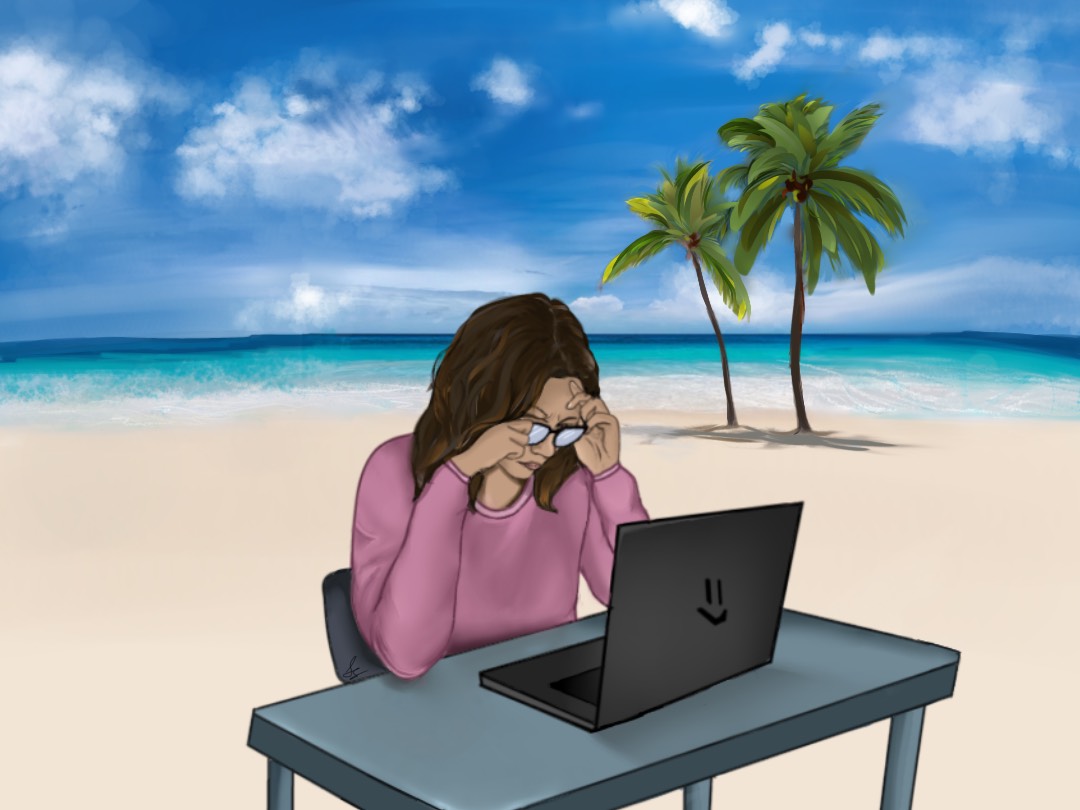Six months ago, the school’s new bathroom policy took students by surprise, as many were taken aback by the tight control administration quickly exerted on students. Along with the frustrating policy of strictly enforced phone jails, this new rule requires students to sign in and out when they go to the bathroom and ensures that the majority of bathrooms are off limits during the first and last five minutes of class, passing time and even lunch. The system was instituted as an attempt to limit students from vandalizing stalls, gathering unneccesarily and vaping in the bathrooms, but certain logistical components have proven to be unrealistic and problematic.
A key aspect of the system’s success is a teacher sitting outside of the bathroom, locking the door when the period ends and ensuring students scan their IDs as they enter and exit. Without a staff member present, it remains locked and inaccessible, and many students say unattended bathrooms have become a recurring issue. The allotted time to use the bathroom is already such a small window, so students’ inability to locate an open one in the absence of supervisors makes the situation even more inconvenient. While a few extra minutes does not sound like a big deal, every student knows missing even five minutes of a rigorous science or math course can cause them to start falling behind. In turn, teachers are left wondering why students are missing so much class time and wandering the halls for a simple bathroom-break.
“There are several periods where I spend more time walking around trying to find an unlocked bathroom than actually using it,” sophomore Alivia Lugo said.
Both Principal Caesar Diliberto and Assistant Principal Dr. Kimberly Westervelt, in an interview with the Wire, said they feel the new bathroom policy is meeting its intended aims, particularly regarding vandalism.
“We really believe that it’s worked in achieving its goal of reducing incidents” of destructive behavior in the bathrooms, Diliberto said.
“I think taking the extra few steps to the next bathrooms shouldn’t take too much longer for a student,” Dr. Westervelt said. “However, with that, we do our best to staff all the bathrooms as much as we can.”
Dr. Westervelt also said that when teachers who normally act as bathroom monitors are absent, the school assigns substitutes to covering those duties.
Ideally these arrangements should work, but there is a disconnect preventing it from functioning at its full potential. This can likely be the result of understaffing as a whole, disorganization where teachers are unsure the location of their bathroom duty or teachers failing to get to their spots on time. Students are also frustrated with the bathrooms being closed during passing time and the first and last five minutes of class.
“The passing time when there’s just kind of like unrestrained, unrestricted access to the bathrooms is where that can certainly be more problematic than during class times,” Diliberto said.
This logic is reasonable, but only a handful of students were trying to disrupt the bathrooms, and yet the entire student body is penalized. Those free minutes where class is not in session are utilized to avoid missing material. While it is unrealistic to completely end the policy, there needs to be a compromise that addresses the problem without creating issues for other students.





